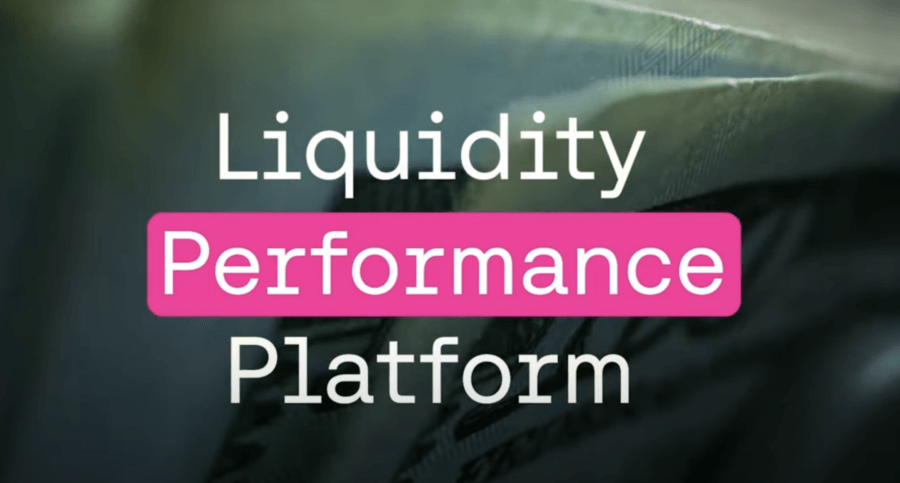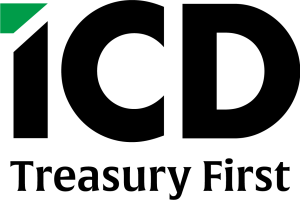Come accelerare il flusso di cassa disponibile in un’economia stagnante
Organizations large and small are impacted by what has been reported as a sluggish global economy, and for many industries this deceleration in growth has investors concerned about their rate of expansion. The combination of weak to moderate growth and demanding investors raises the immediate need for action by global leaders, and puts supply chain at the forefront of the conversation. When demand for products goes down, and working capital is tied up in inventory, investors know they can expect a lower rate of return. What do companies do to maintain stable growth and mitigate potential investor aggravation or worse their lack of confidence? In this scenario, the supply chain is among the first to be tested, adjusted and possibly disrupted for the better or worse of the company.
Savvy finance leaders are looking to manage these seasonal and market driven fluctuations with supply chain finance (SCF) programs, and are seeking the right information to set up and implement SCF to help stabilize their operations.
Where there is a question of free cash flow (or the absence of cash), there will be a CFO and treasury group developing a way to optimize working capital. In my last blog, I mentioned one of three pitfalls to a successful supply chain financing initiative is the misalignment of corporate goals and individual incentives. The key challenge here is getting the right people at the table to align goals and teams. Without that cross-departmental commitment and participation, the potential bottom line impact from a supply chain finance program will remain an unrealized opportunity.
Additional reading: Making the business case for supply chain finance
So, who are the mandatory participants required to successfully launch a supply chain finance program and what is their role?
Both the CFO and Treasurer should be the strategic champions of a SCF initiative, as they are mandated to nurture and protect the lifeblood of the organization, its cash position: either by reducing excess cash in exchange of greater yield; or creating free cash flow by extending DPO.
It should be obvious that the CEO’s stamp of legitimacy demonstrates the level of priority a SCF initiative has within the organization as a whole. While strategic leadership at the top is a common goal, it’s not one that is easily attainable unless treasury and procurement are working together to build a business case that supports the initiative.
The Chief Procurement Officer should play an active part both on internal and external matters. Internally, the CPO should guarantee that the procurement organization’s compensation plan is aligned with the working capital increase objectives and stress the importance of this initiative to his teams. The incentives should be different if the company engages in a Dynamic Discounting exercise or in an extension of DPO. Externally, when possible, the CPO should be involved in the discussions with the most strategic suppliers, and in so doing, set the tone for negotiations through the procurement team.
Another department which will be directly impacted by the implementation of a Supply Chain Finance program is the Accounts Payables department. The use of an external platform will have consequences on existing processes - simplifying some, forbidding others and in general forcing a greater rigor on the approval and payment processes as a whole. The AP team will also need to be tactically involved during the functional and testing workshops to ensure the company ERP system and the SCF payment platform are well integrated. As a consequence, it is crucial for the AP Director to be involved early in the process, as the SCF initiative will have a non-negligible impact on its team – namely in terms of time.
Finally, as for any technical related activities, the Director needs to be consulted to secure the needed technical resources as well as avoid running into a schedule freeze period, that would result in delaying the whole implementation.
It is sometimes difficult to ensure all the above mentioned leaders are actively involved in the SCF initiative. Here are two reasons why the C-level should feel involved in an SCF initiative:
Leggi di più





















